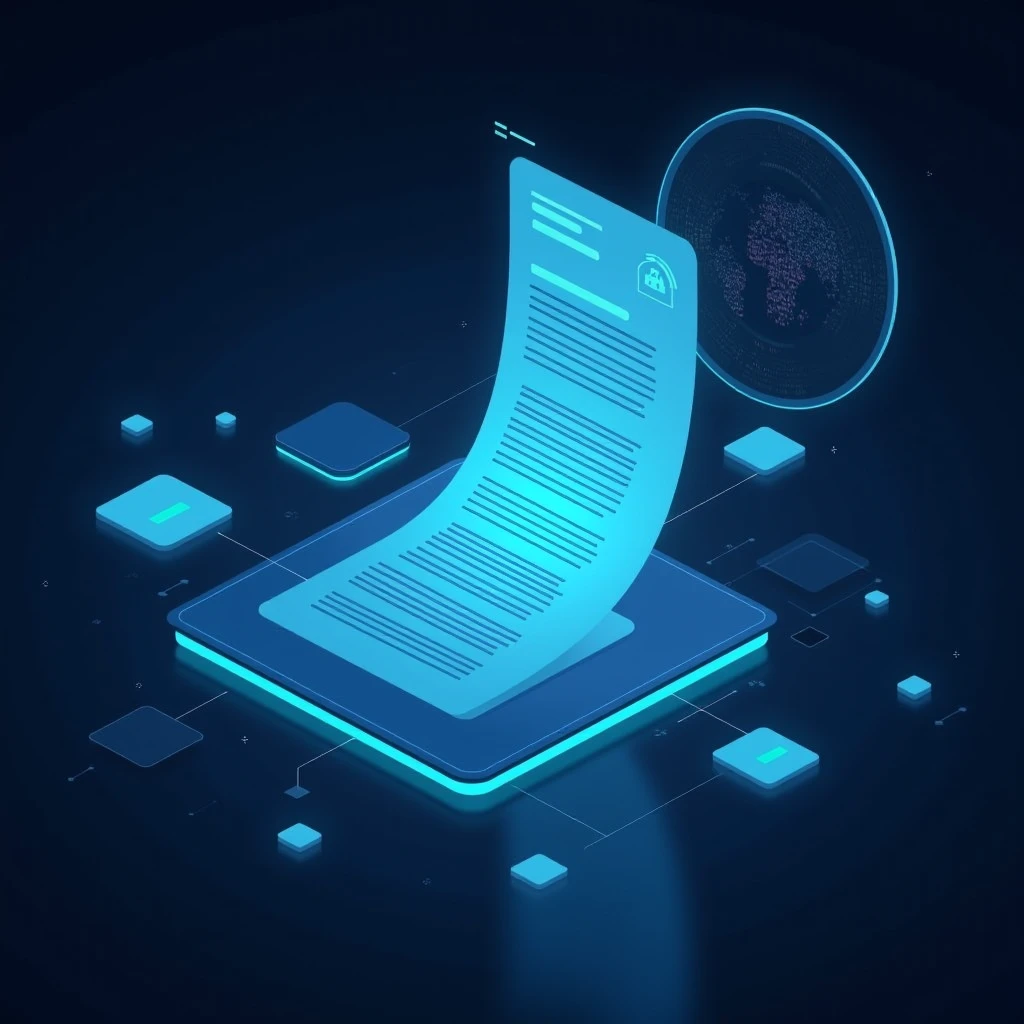Throughout history, the evolution of communication methods has marked pivotal milestones in the dissemination of knowledge. From rock engravings to papyrus scrolls, from the invention of movable type printing to today's digitalization, every innovation has broadened the horizons of information. Today, in an era dominated by artificial intelligence, we are witnessing a new revolution in optical character recognition (OCR). The French company Mistral has recently launched an OCR API that promises unparalleled performance on a global scale, redefining the landscape of document comprehension.
Mistral OCR: An Evolutionary Leap in Character Recognition
Mistral, known for its dedication to developing advanced language models, has released Mistral OCR, an OCR API designed to extract text, tables, images, and mathematical formulas from PDF documents and images with high precision. This tool stands out for its ability to understand and return complex document elements in a structured format, facilitating integration with artificial intelligence systems and automated workflows.
Key Features of Mistral OCR:
- Multilingual and Multimodal Processing: Mistral OCR supports a wide range of languages, scripts, and document layouts, making it ideal for global organizations handling multilingual and complex content.
- Preserving Document Formatting and Structure: Unlike many traditional OCR tools, Mistral OCR preserves elements like headers, paragraphs, lists, and tables, ensuring that the extracted text retains the original structure of the document.
- Integration with Retrieval-Augmented Generation (RAG) Systems: The API is designed to integrate seamlessly with RAG systems, enabling the processing of multimodal documents such as presentations and complex PDFs.
Performance and Reliability
According to data provided by Mistral, the OCR API offers superior performance compared to competing models, with an overall accuracy of 94.89% and processing speeds of up to 2,000 pages per minute. However, some independent evaluations have raised doubts about these performances, pointing out discrepancies in results. It’s important to note that performance can vary depending on the complexity of documents and specific operational conditions.
Historical and Future Implications
The launch of Mistral OCR represents a turning point in the history of document management. In an era where approximately 90% of organizational data is stored in document form, the ability to digitize and comprehend these contents effectively opens new perspectives for data analysis and artificial intelligence. Mistral OCR not only facilitates access to and interpretation of data but also promotes innovation in sectors such as legal, financial, and educational, where efficient document management is crucial.
Mistral OCR marks a significant advancement in the field of optical character recognition, offering powerful tools for document comprehension and processing. While independent evaluations continue to examine its performance, the OCR API represents an important step toward integrating artificial intelligence into document management processes, with the potential to transform how we interact with information in the digital world.
Sources Consulted








Leave a Comment